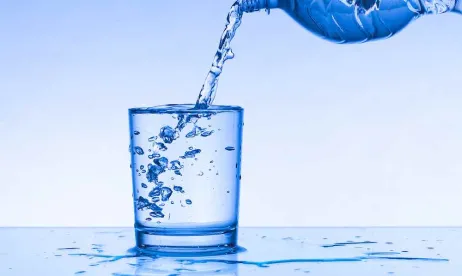In April 2020, the Supreme Court issued its opinion in County of Maui v. Hawaii Wildlife Fund et al., 140 S. Ct. 1462 (2000), vacating the Ninth Circuit’s decision. The appeals court had affirmed a district court’s finding of Clean Water Act (“CWA”) liability for the County’s alleged failure to obtain a discharge permit for subsurface releases of pollutants into groundwater that conveys pollutants to navigable waters. In vacating the judgment below, the Supreme Court rejected the Ninth Circuit’s “fairly traceable” test and set forth a new standard for determining when a source needs an NPDES permit: “the statute requires a permit when there is a direct discharge from a point source into navigable waters or when there is the functional equivalent of a direct discharge.” Id. at 1468 (emphasis added). In other words, “an addition falls within the statutory requirement that it be ‘from any point source’ when a point source directly deposits pollutants into navigable waters, or when the discharge reaches the same result through roughly similar means.” Id. at 1476 (emphasis added).
Recognizing that this approach “does not … clearly explain how to deal with middle instances,” the Court set forth “some of the factors that may prove relevant” in any given case: (1) transit time; (2) distance traveled; (3) the nature of the material through which the pollutant travels; (4) the extent to which the pollutant is diluted or chemically changed as it travels; (5) the amount of pollutant entering the navigable waters relative to the amount of the pollutant that leaves the point source; (6) the manner by or area in which the pollutant enters the navigable waters; and (7) the degree to which the pollution (at that point) has maintained its specific identity. Id. (emphasis added). The Court made clear that its test should not be applied in a manner that “create[s] serious risks … of undermining state regulation of groundwater or … creat[es] loopholes that undermine the statute’s basic federal regulatory objectives” to provide “federal regulation of identifiable sources of pollutants entering navigable waters.” Id. at 1477. The Court also suggested that it did not anticipate its new test resulting in “unmanageable expansion” of the NPDES permitting regime. Id.
Although no court has applied the County of Maui factors to the facts of a particular case, some groups have used the decision in attempt to expand the reach of the Clean Water Act’s NPDES permitting program. For example, on August 5, 2020, a group sent a notice of intent to sue letter to owners of a golf course community for the community wastewater system’s release of pollutants to groundwater that migrated to surface waters about a half-mile away. That same day, the group also sent a notice of intent to sue letter to a small town that operates a wastewater treatment facility serving 2,900 properties. Although the group admitted in its notice that the facility has a “groundwater discharge permit” under state law, it claims that the town also needs an NPDES permit for releases to groundwater. On February 16, 2021, the group filed a lawsuit against the town in federal court, seeking injunctive relief, civil penalties of up to $56,460 per day per violation, and attorneys’ fees.
These cases seek to expand NPDES permitting requirements to facilities that historically have not been subject to such requirements but were regulated under other programs (e.g., state groundwater and solid waste programs). Such cases bring to mind the Supreme Court’s admonition in County of Maui to avoid “undermining state regulation of groundwater” and an “unmanageable expansion” of the NPDES program. Indeed, in guidance issued on January 14, 2021, EPA confirmed that it did not expect that County of Maui would substantially impact the “overall number of NPDES permits” issued by permitting authorities by regulating the types of facilities at issue in these matters, which already are regulated under state groundwater programs. [1]
These issues bear watching as groups will likely look for additional opportunities to file citizen suits and expand the reach of the Clean Water Act. In addition, the EPA under the new Biden Administration may attempt to address the issues through regulatory actions or further guidance.




 />i
/>i

